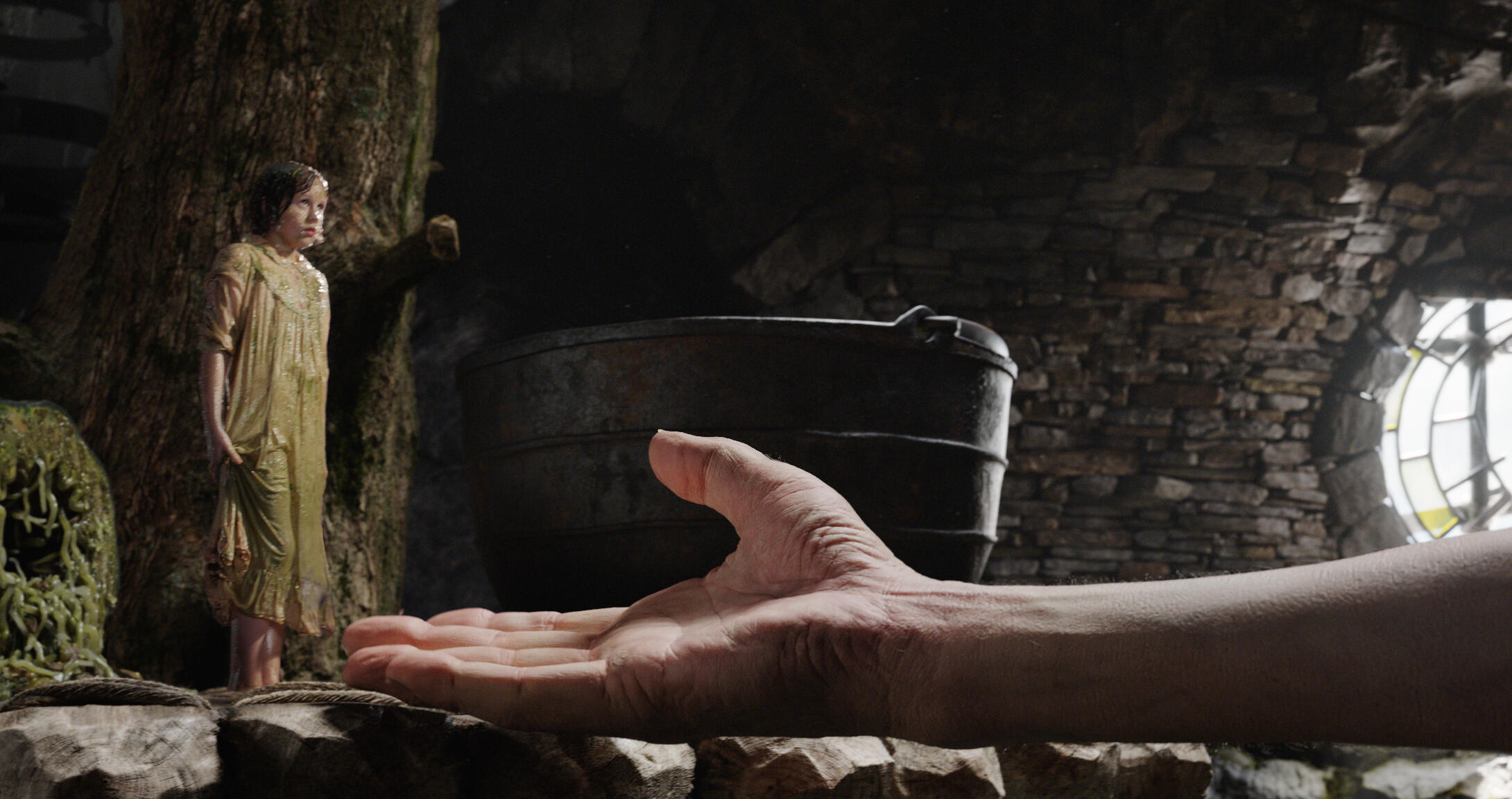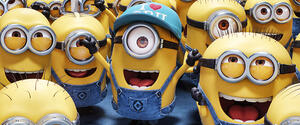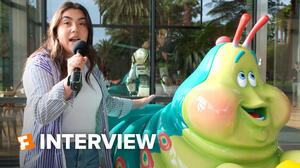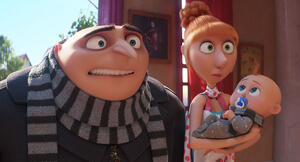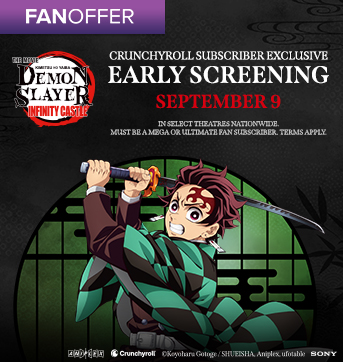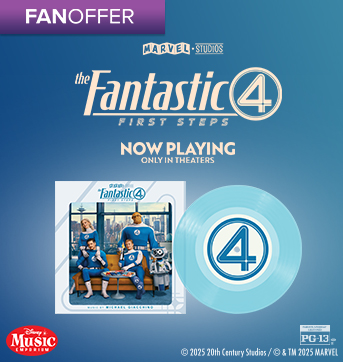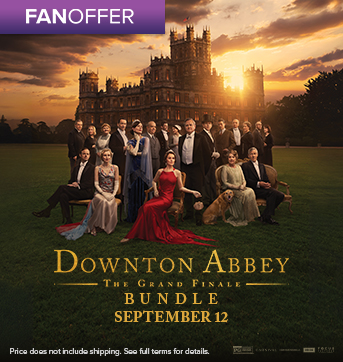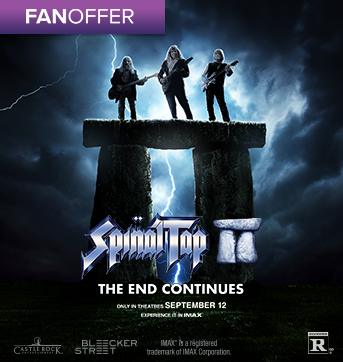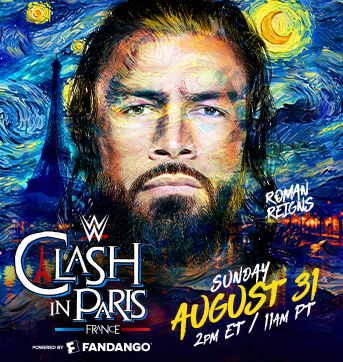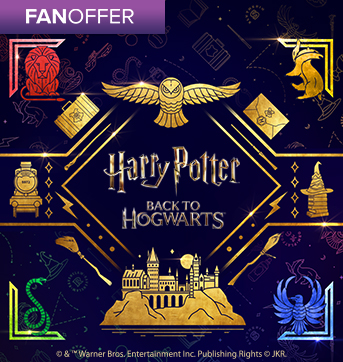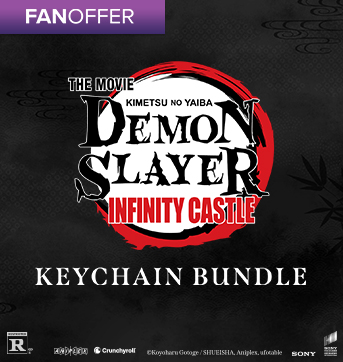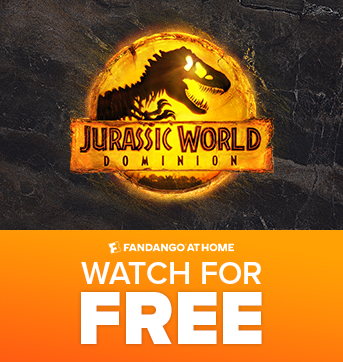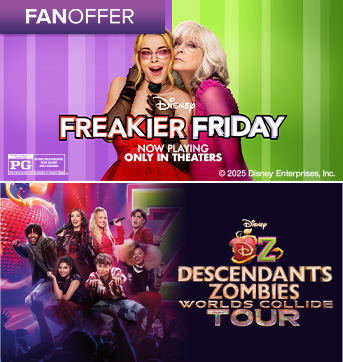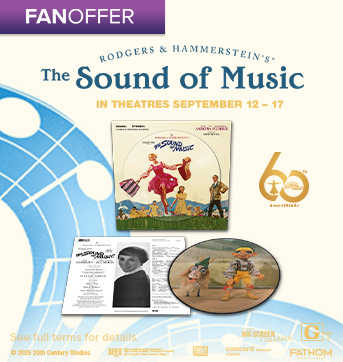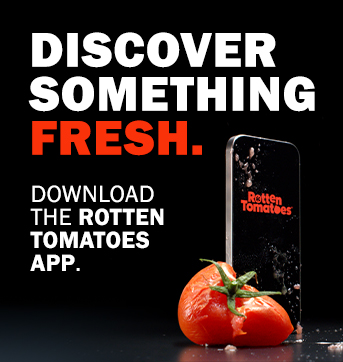
Roald Dahl’s books have been a constant source of cinematic inspiration -- count Willy Wonka and the Chocolate Factory, Fantastic Mr. Fox, Matilda and James and the Giant Peach among them -- but with Steven Spielberg’s interpretation of The BFG, we’re reminded of us just how significant that novel is. In fact, it may be his most important work of all (and was said to be the author’s favorite) -- here’s why.
It was his most personal work.
Roald Dahl dedicated the 1982 book to his daughter Olivia, who had passed away 20 years before, after contracting measles encephalitis at just seven years old. He wanted Olivia’s memory to serve as a warning to parents around the world of the dangers of not vaccinating for the disease. “I know how happy she would be if only she could know that her death had helped to save a good deal of illness and death among other children,” Dahl said.
He named the central character after his granddaughter.
Sophie, the title child of The BFG, shares a name with Dahl’s first grandchild. "She" was originally supposed to be a "he" named Jody, but given the personal nature of the story, it made sense for him to choose a family name. As recounted by Jason Hook in Roald Dahl: The Storyteller, The BFG was based on a bedtime story Dahl would tell his children -- that they could thank a big friendly giant for their happiest dreams. After saying goodnight, he’d go outside and blow air into their rooms through the window with a bamboo cane.

He invented a whole new language.
Dr. Seuss may be the children’s author best known for his whimsical vocabulary, but Dahl took a stab at it too with The BFG’s “gobblefunk.” The Giant, who drinks frobscottle, eats snozzcumbers and whizzpops after having too much fizz, has his own lexicon that’s only somewhat familiar to Sophie -- much the same way some adult words are understood by children only in context. (Note: He was known to do that in other stories, too, as anyone who remembers how the snozzberries tasted in Willy Wonka might recall.)

The bad giants represent bad adults.
For Sophie, who’s an orphan, the BFG serves as a pseudo-guardian who warns her about the dangers of the other giants who aren’t as trustworthy as he is. Between the Meatdripper and the Bonecruncher and the Gizzardgulper, each of these big (but decidedly unfriendly) giants can be seen as metaphors for “the crazies of the world” moms and dads warn their children about in real life.
It’s got political and moral undertones.

Not only does the story shed light on the fact that children are constantly misunderstood and underestimated by adults, but it also contains commentary on human society. At one point the BFG observes that giants may eat humans, but humans are the only creatures on Earth who kill their own kind with guns and bombs. (Interestingly, this bit was left out of the movie.) He also showed his sense of British nationalism by portraying the President of the United States poorly in kids’ dreams, while Queen Elizabeth always had her house in order.
The Big Friendly Giant and Sophie inspire independent critical thinking and respect for the little ones.
For all their sinister characters, fantastic plots and even violence, Dahl’s work sympathizes with children against adults, who are usually awful to them in his stories, and imparted lessons for them to take away. Willy Wonka showed there are consequences to being greedy and gluttonous. Matilda promises children under the tyrannical thumb of nasty teachers and parents that things will get better eventually.
Same goes for The BFG, which highlights the importance and value of standing up to bullies and injustice. While the Big Friendly Giant is a pacifist, Sophie takes action to defend her huge friend and right certain wrongs. Lesson for adults? Kids might actually be wiser than grown-ups give them credit for.
The BFG opens July 1.
